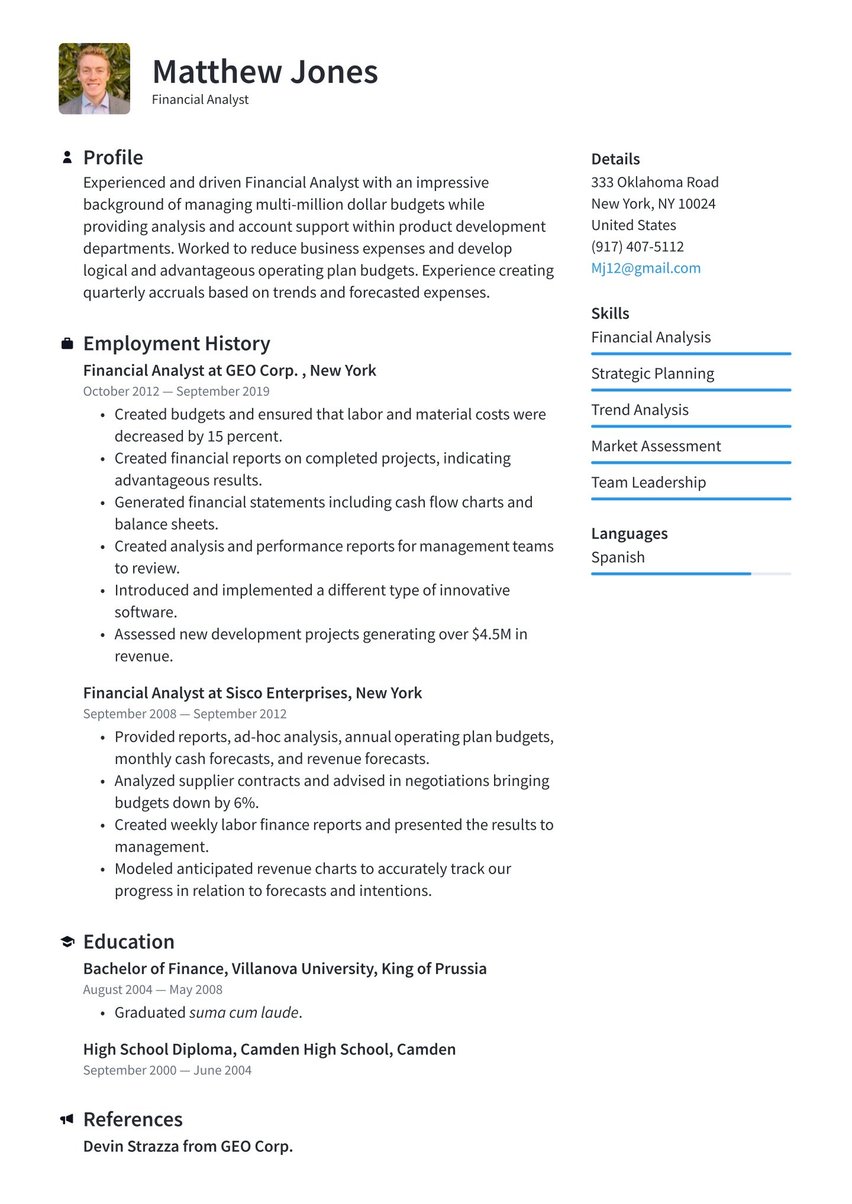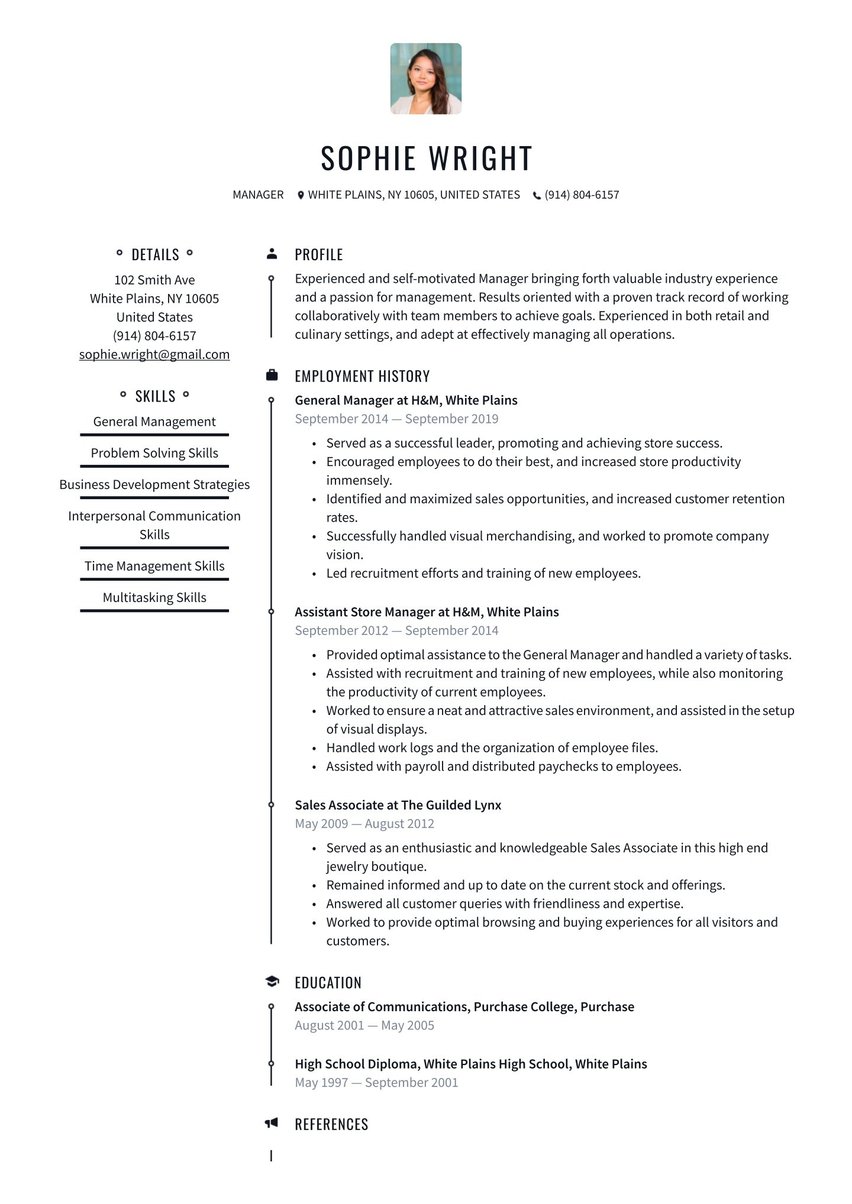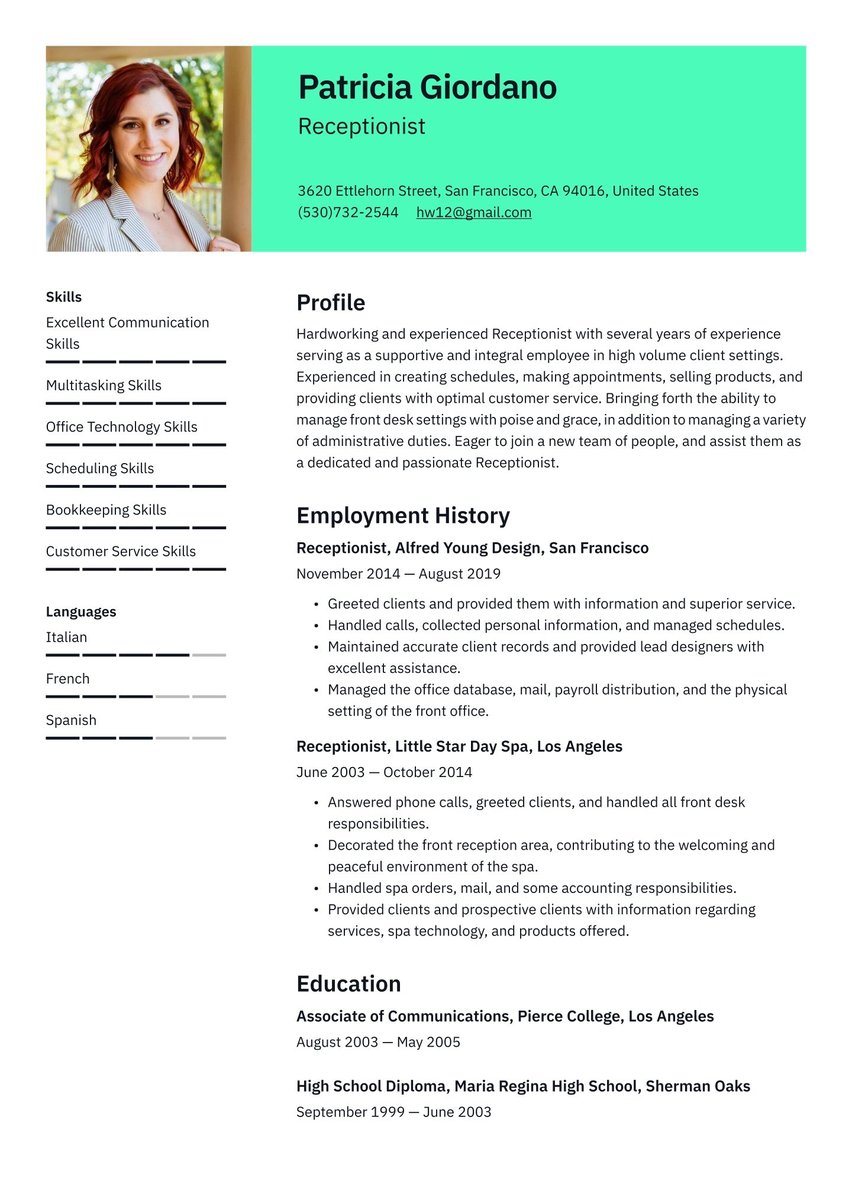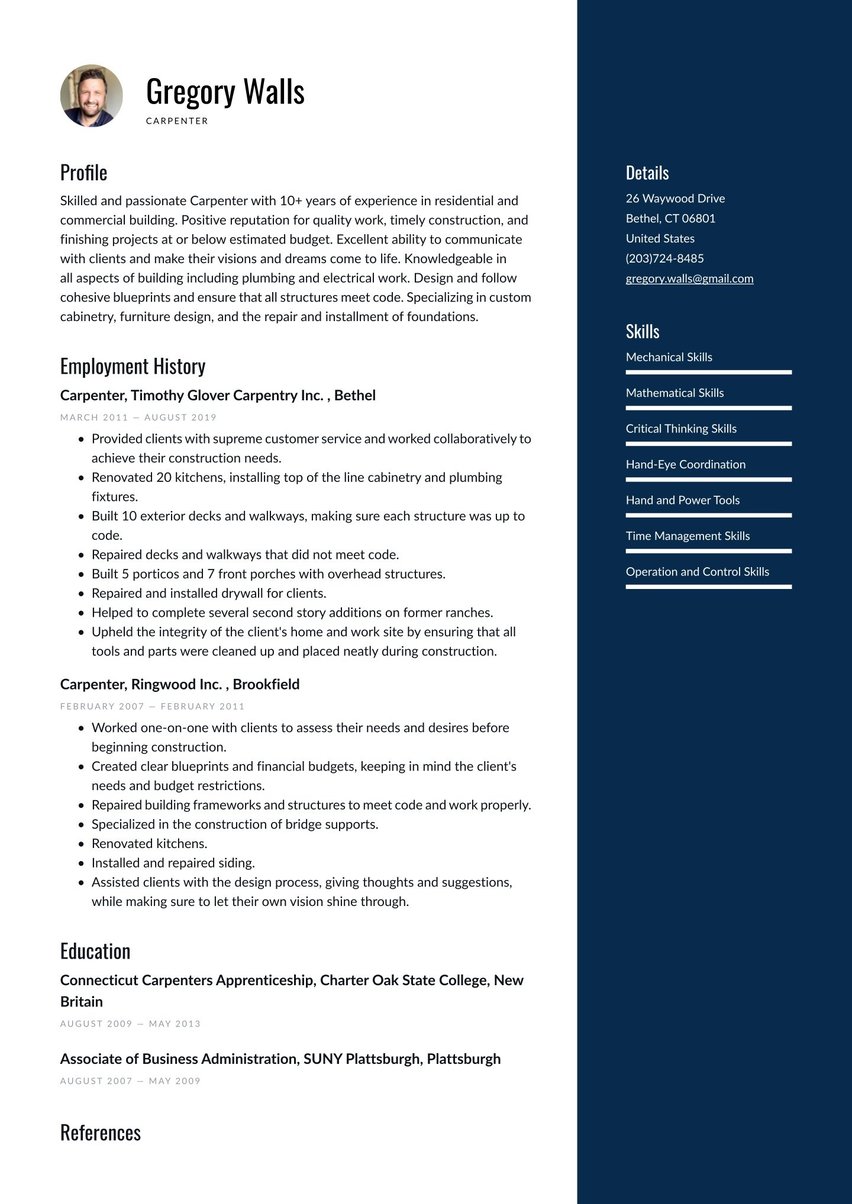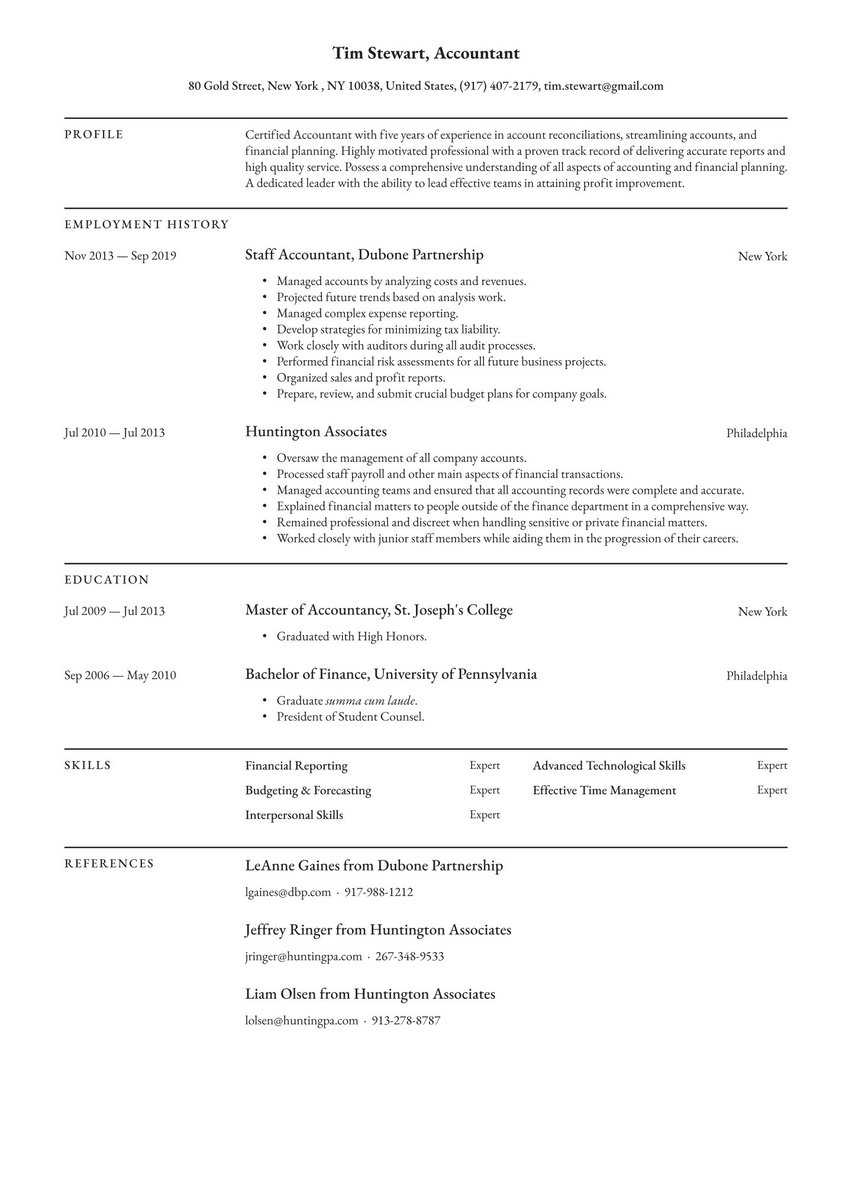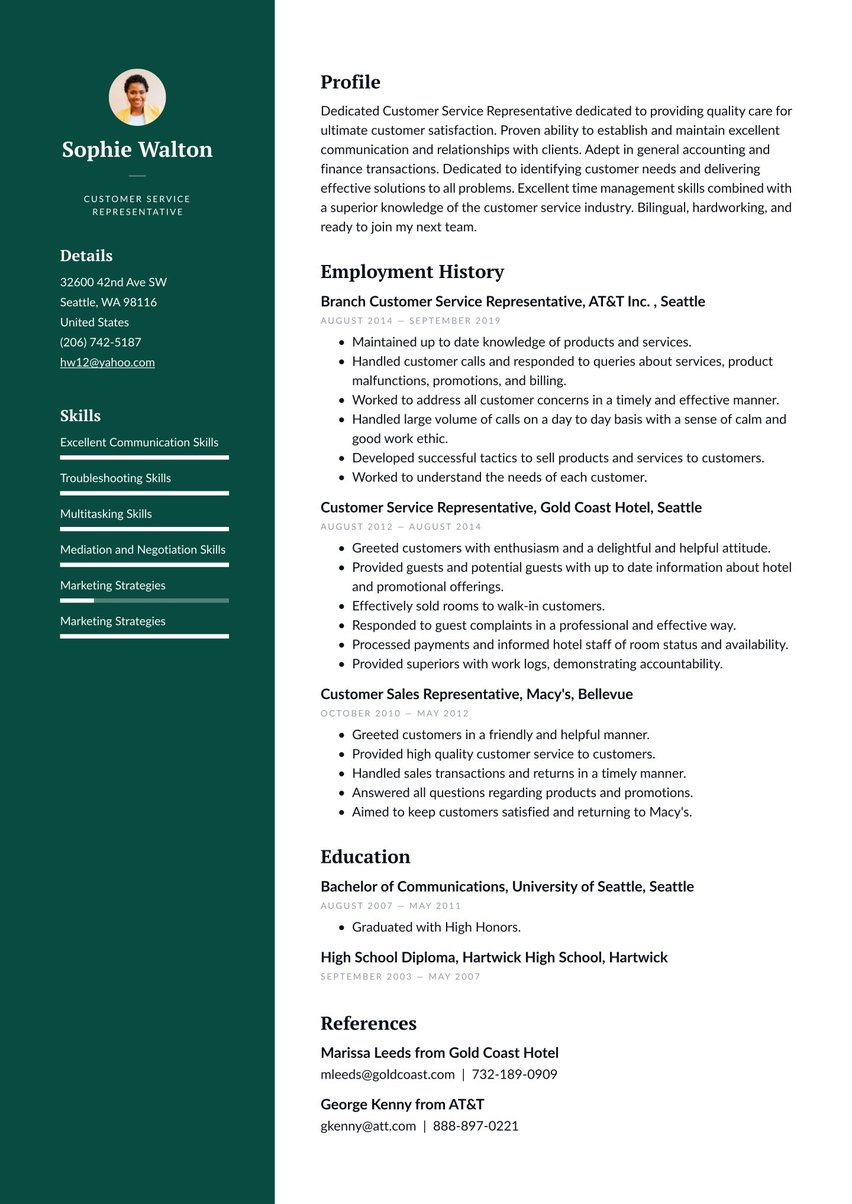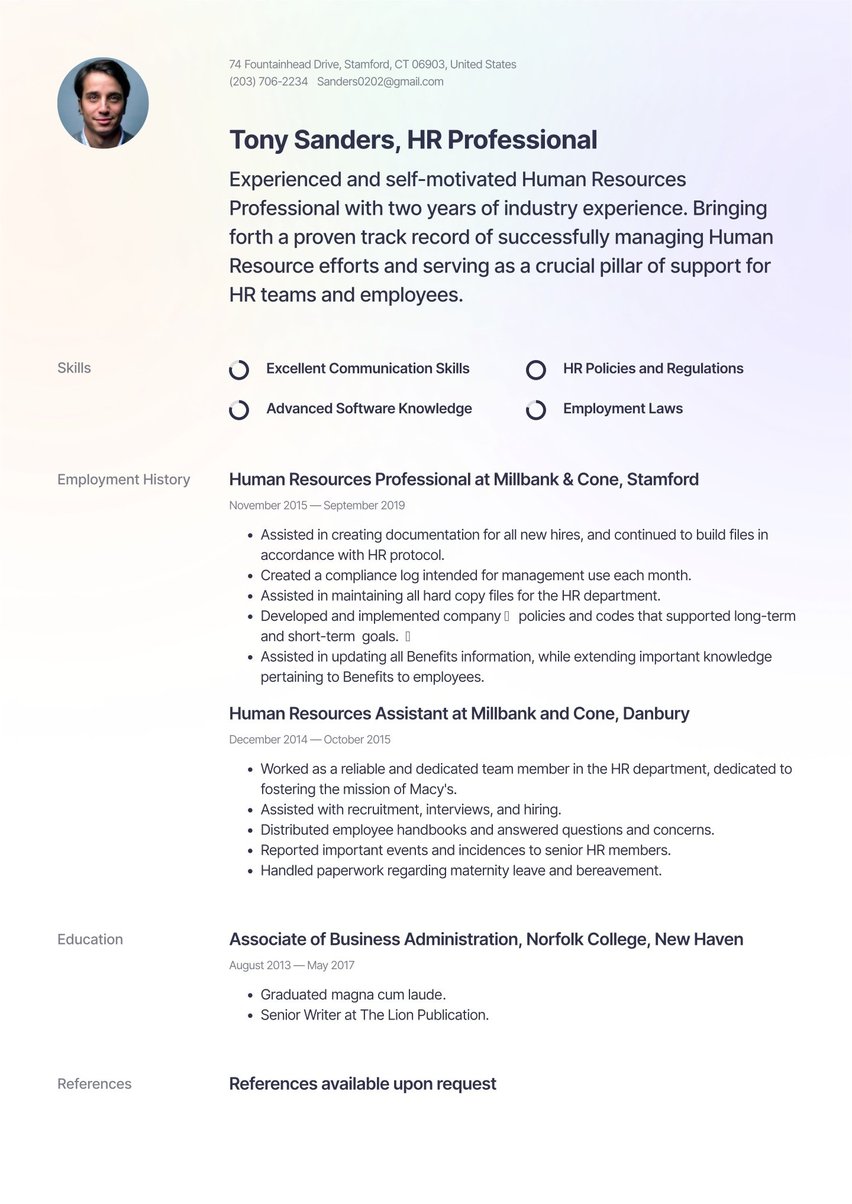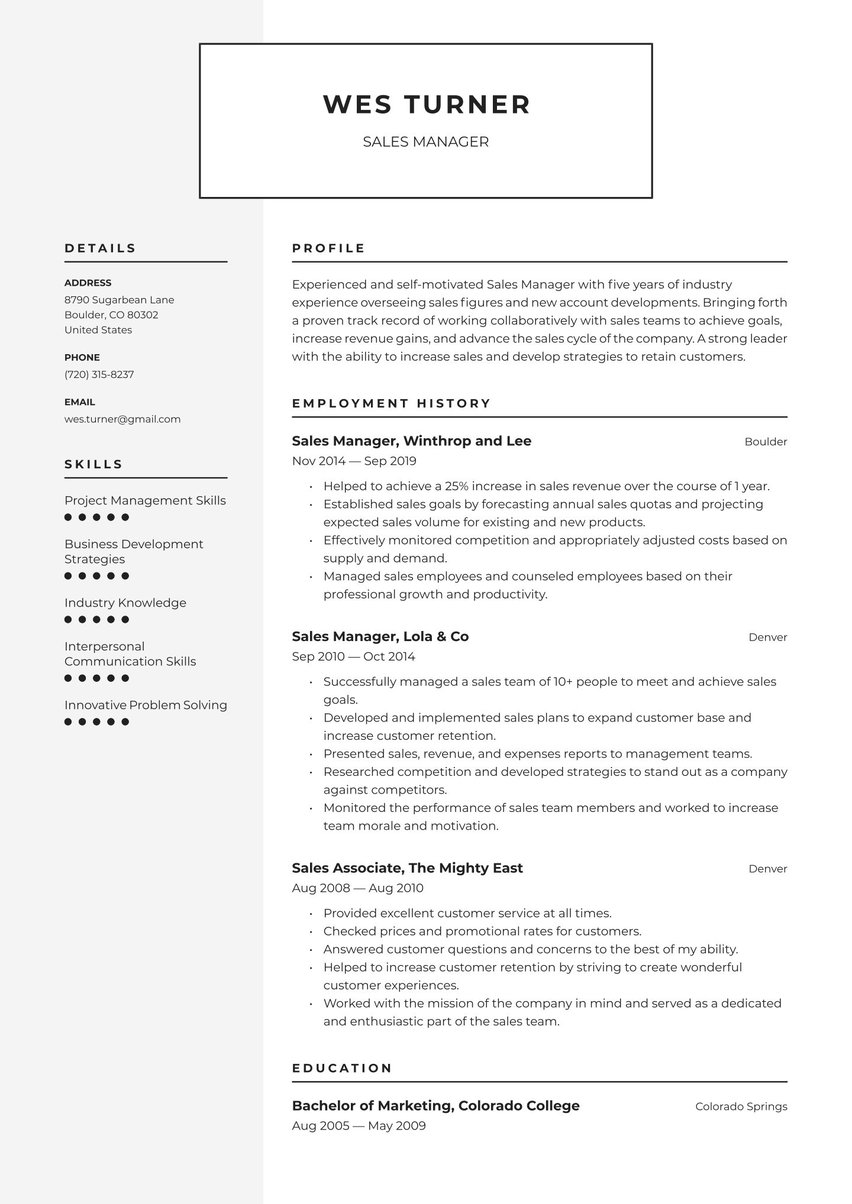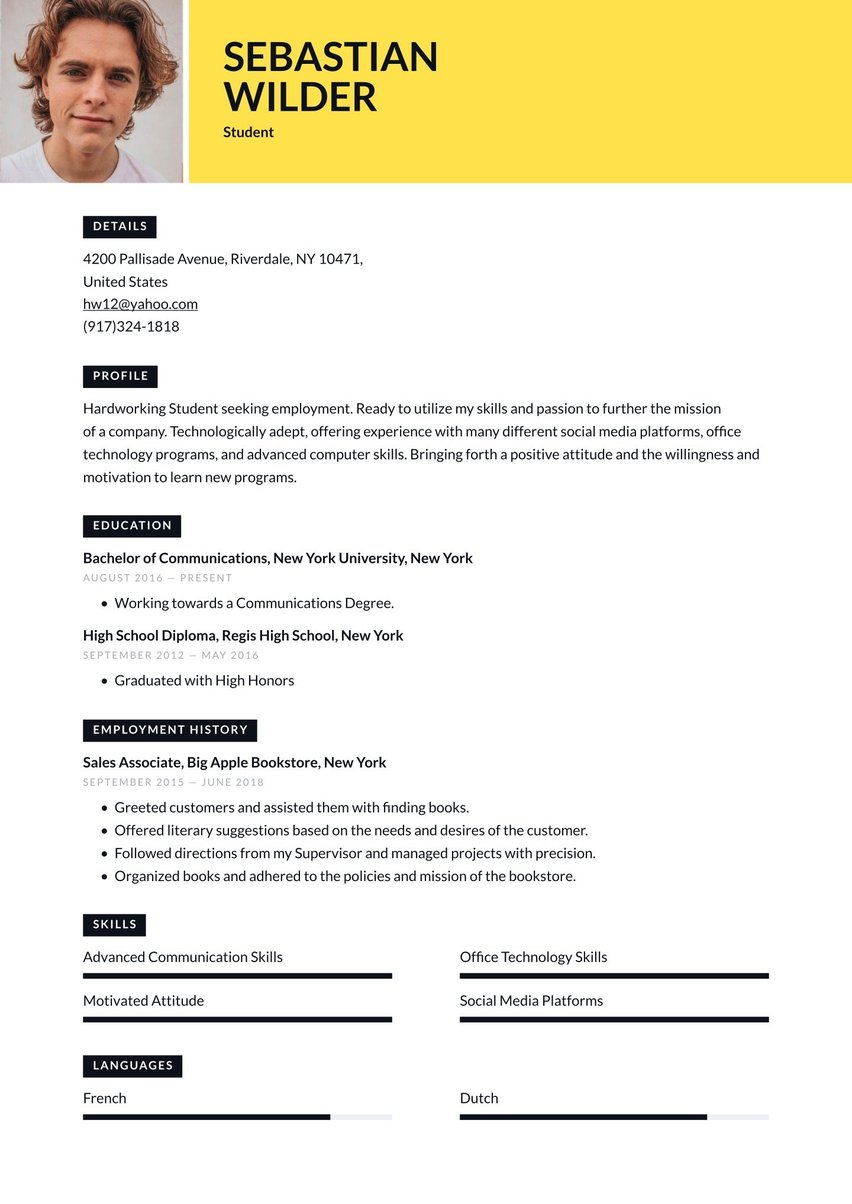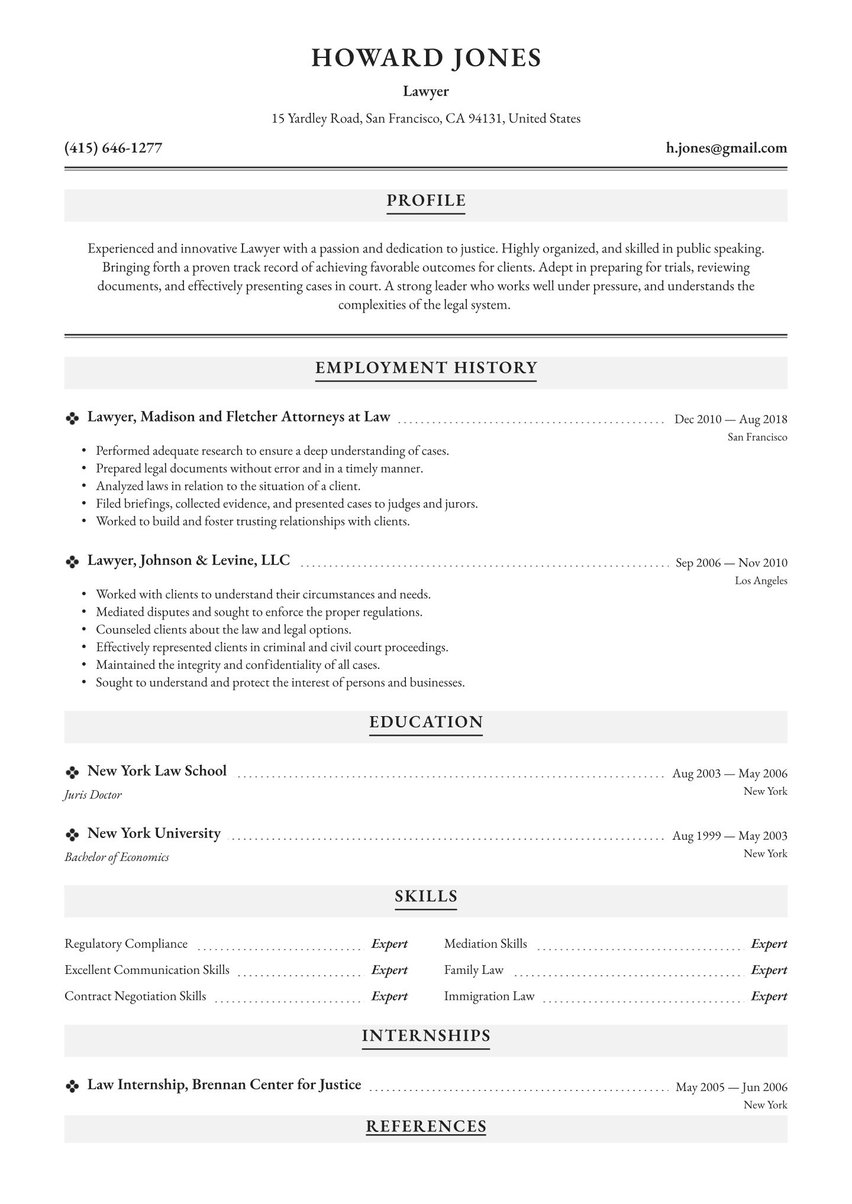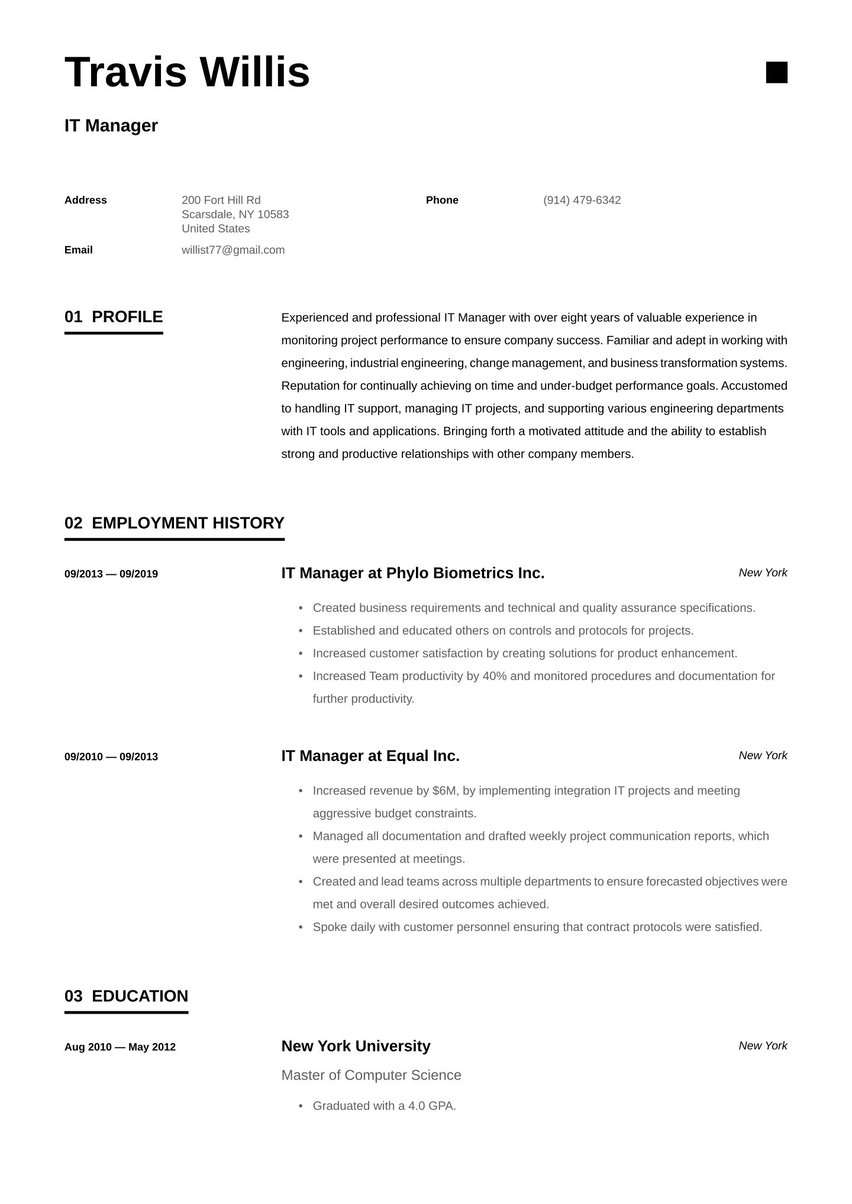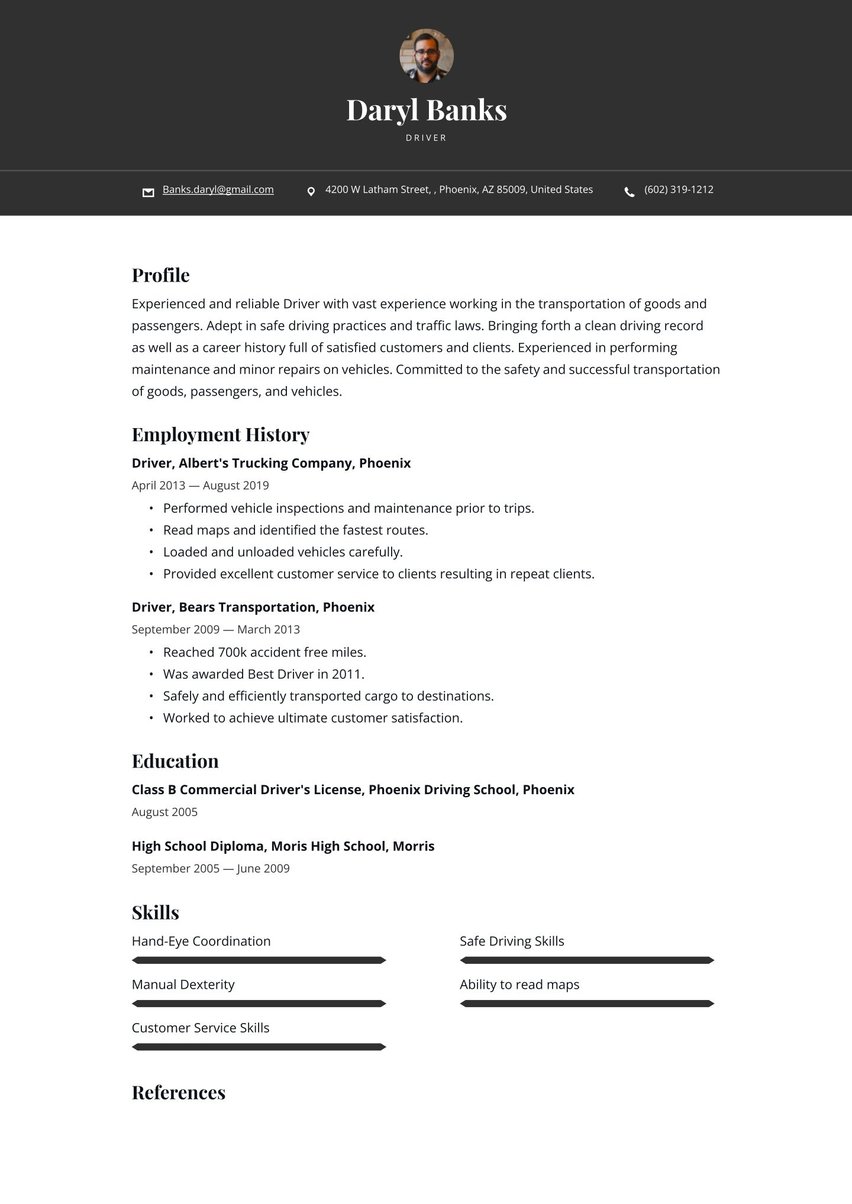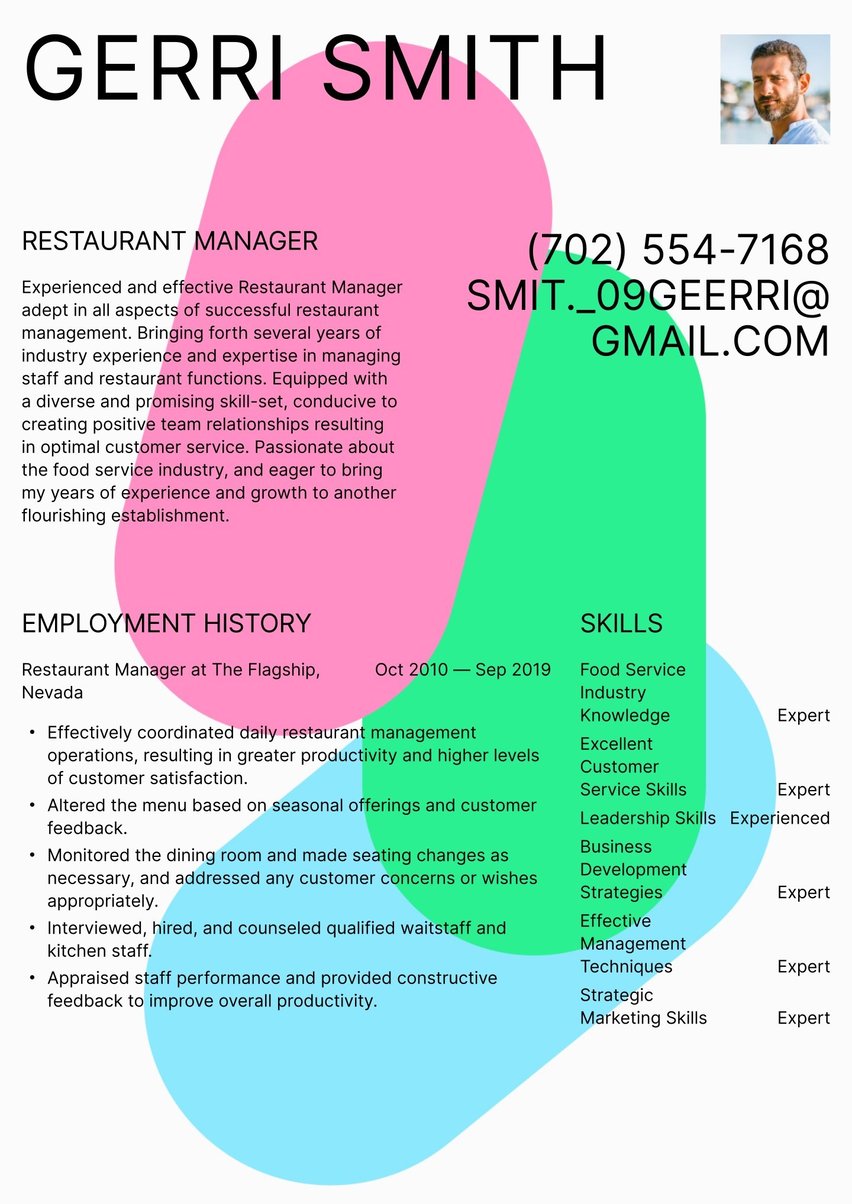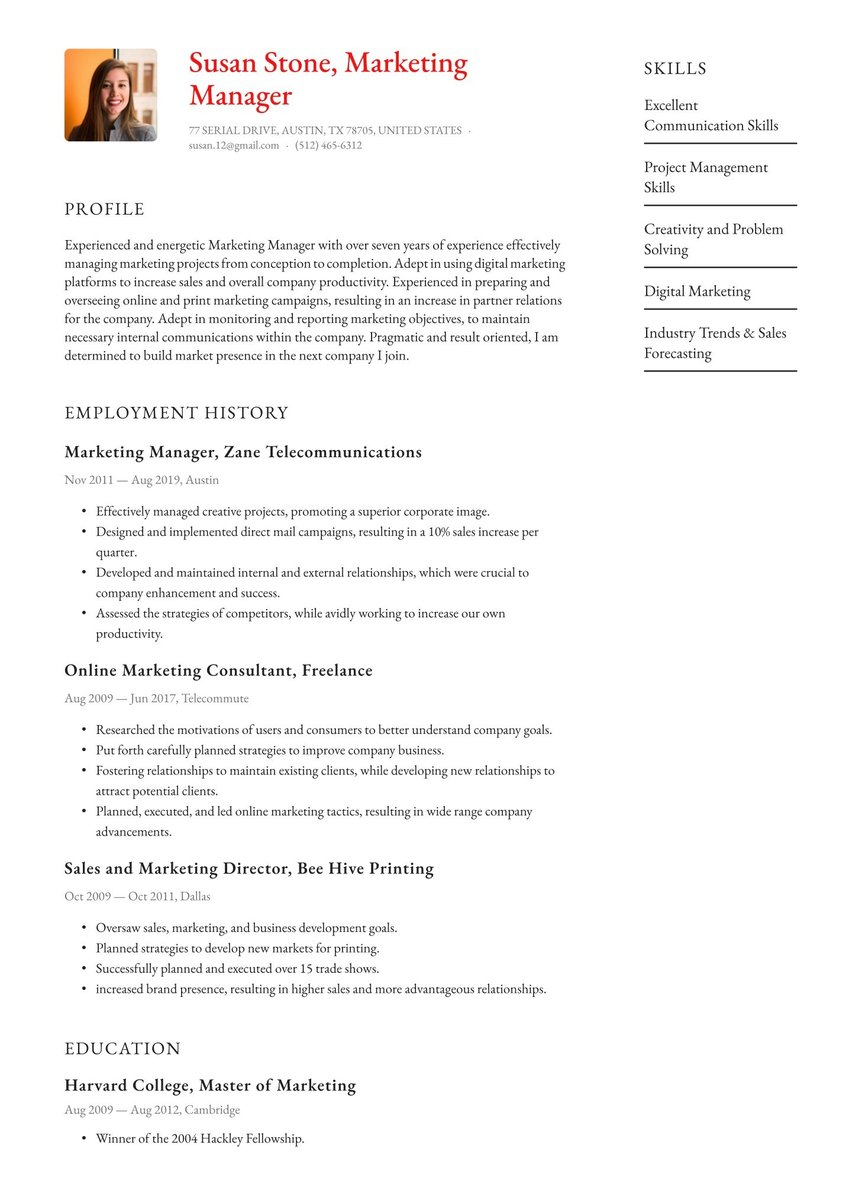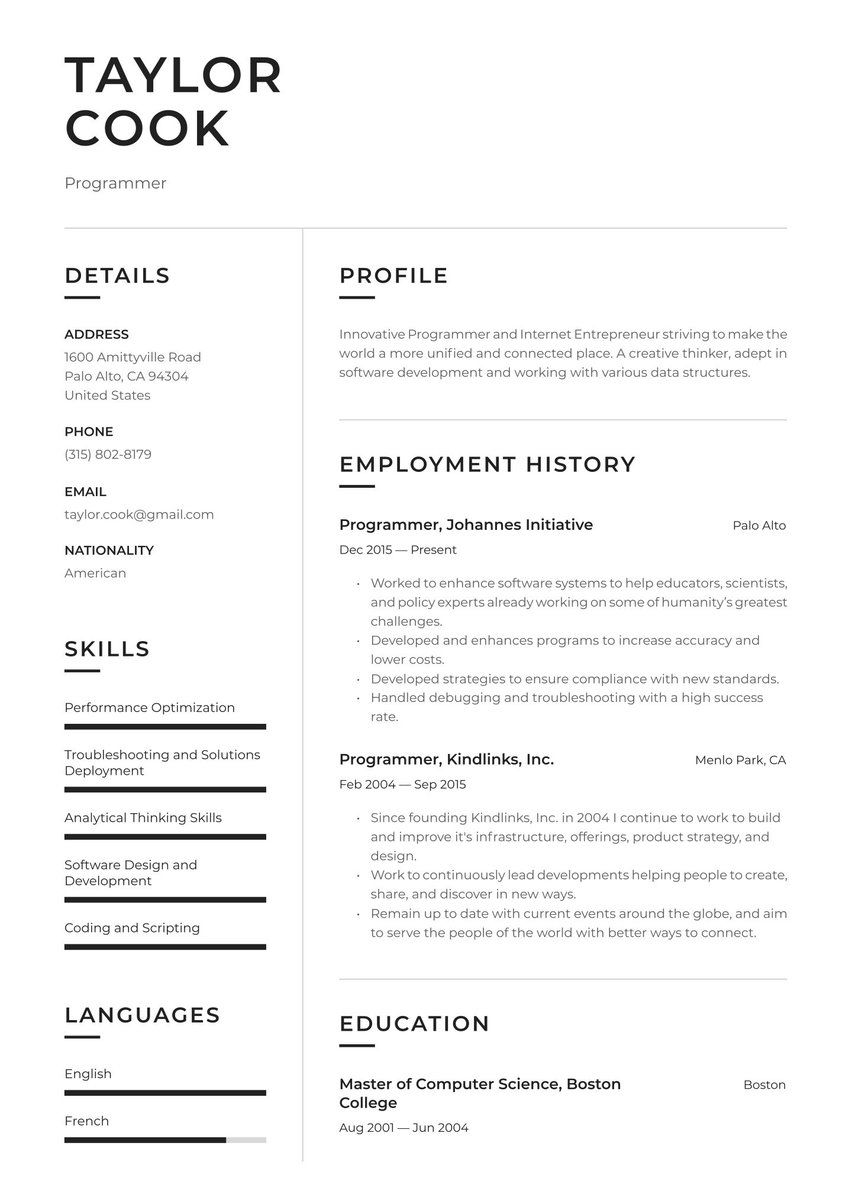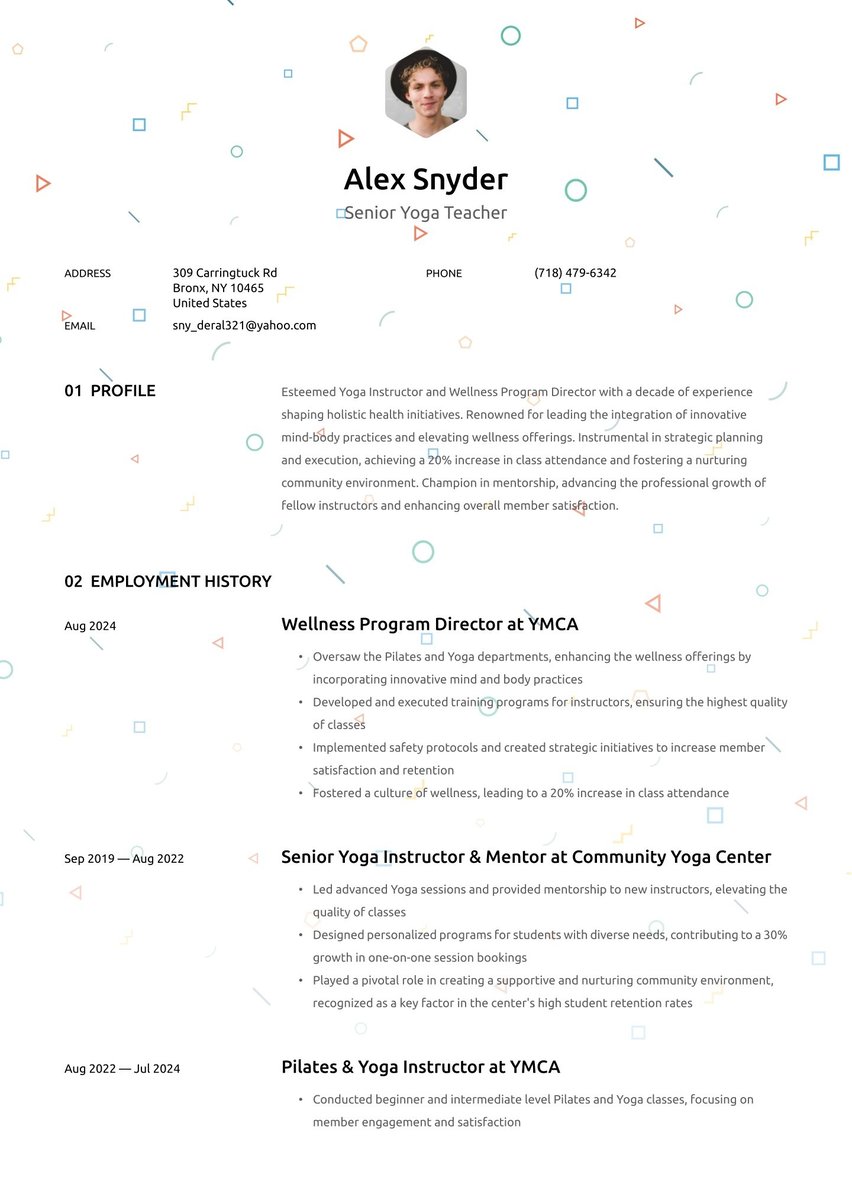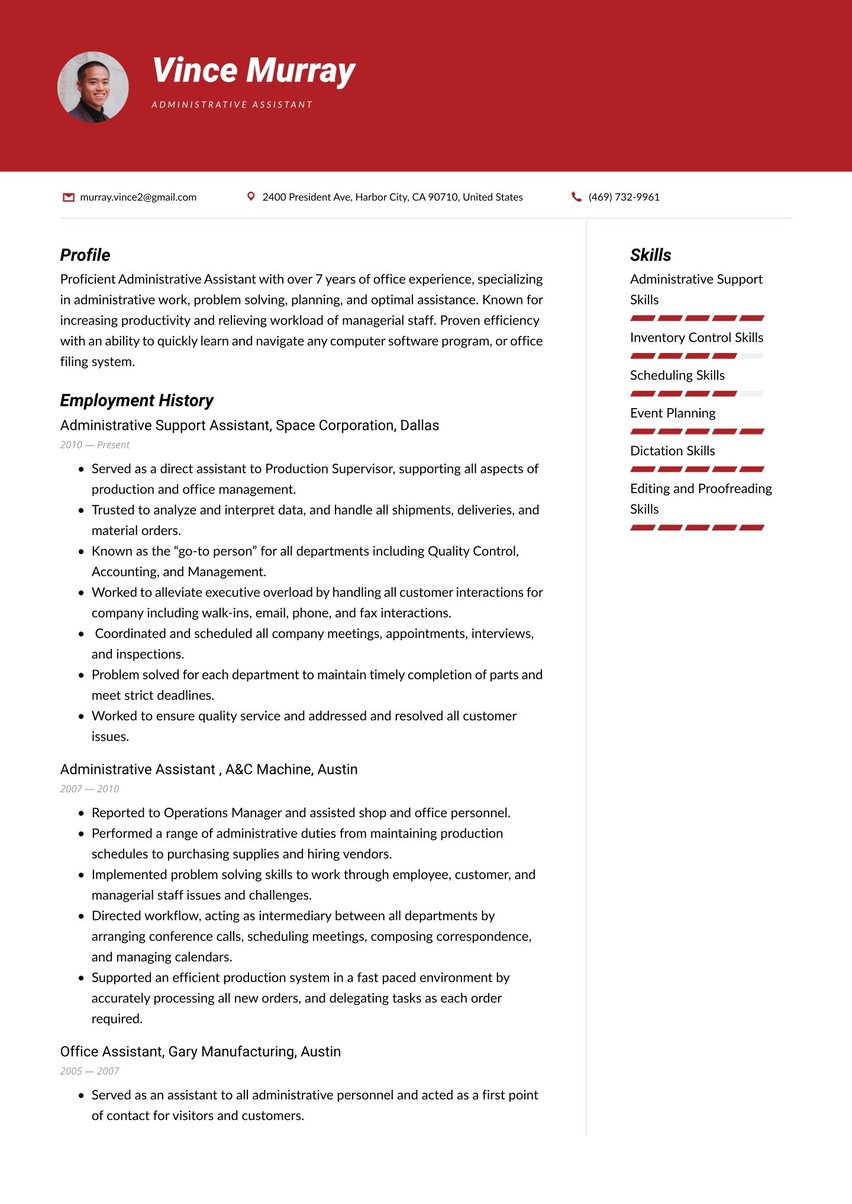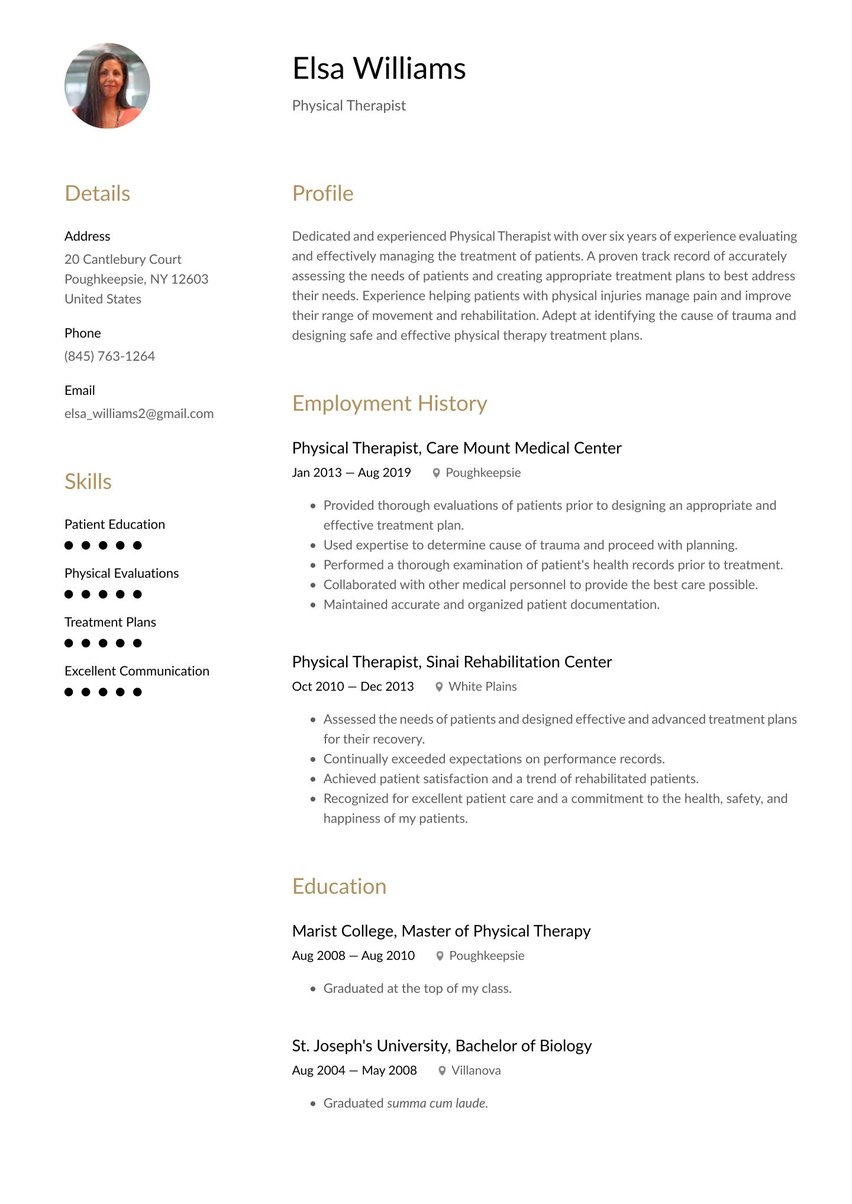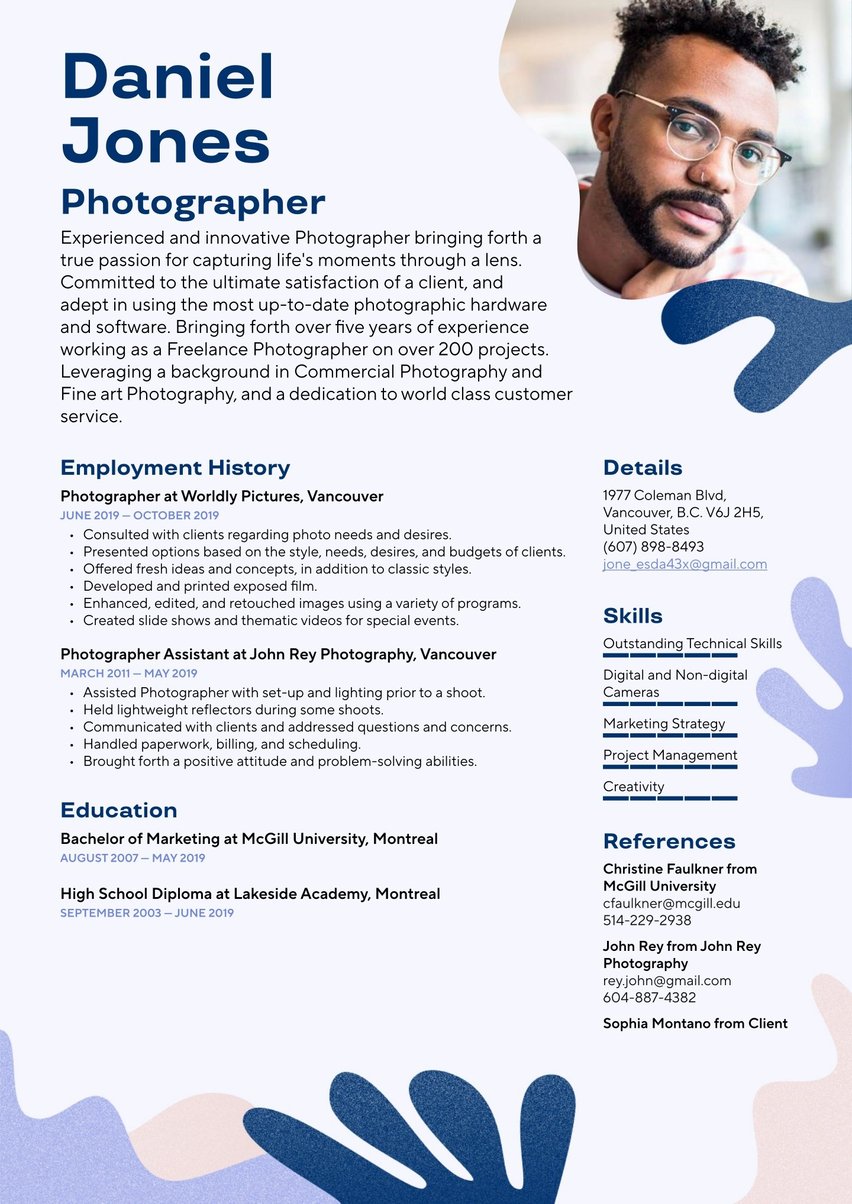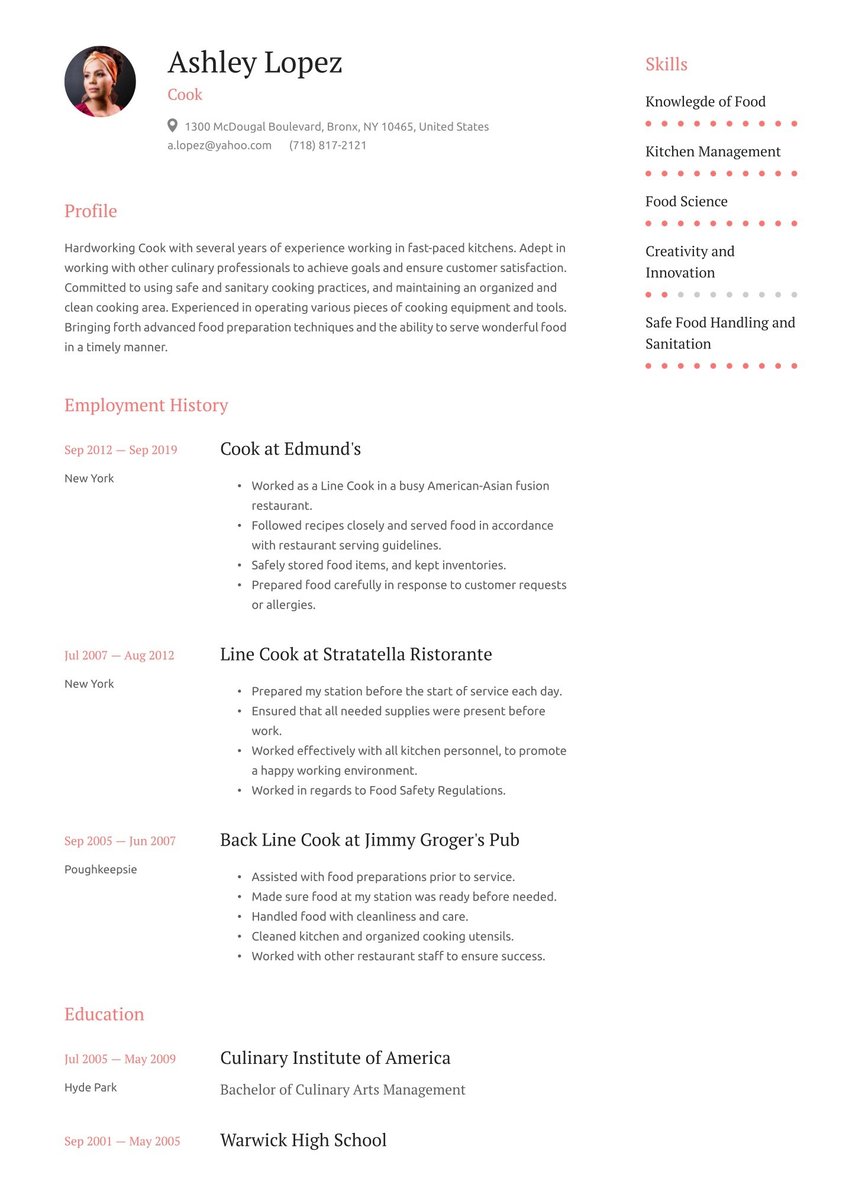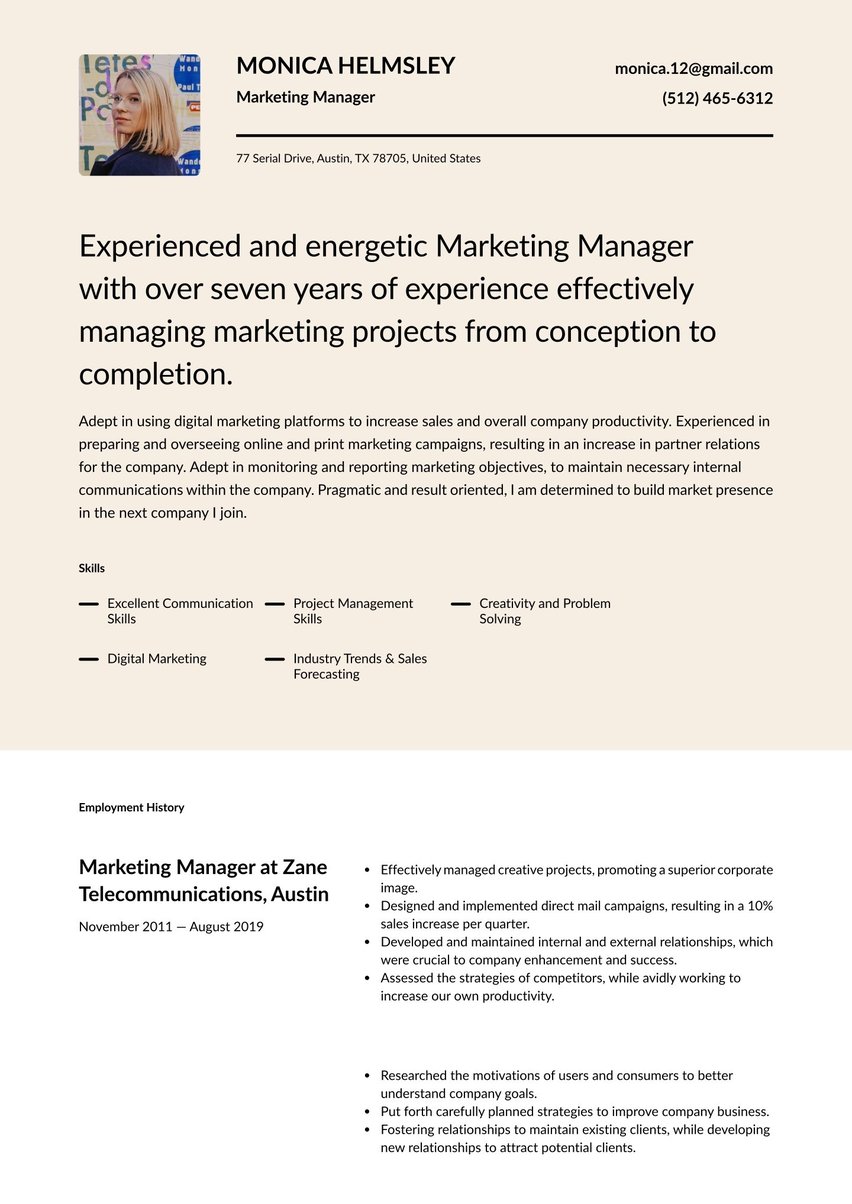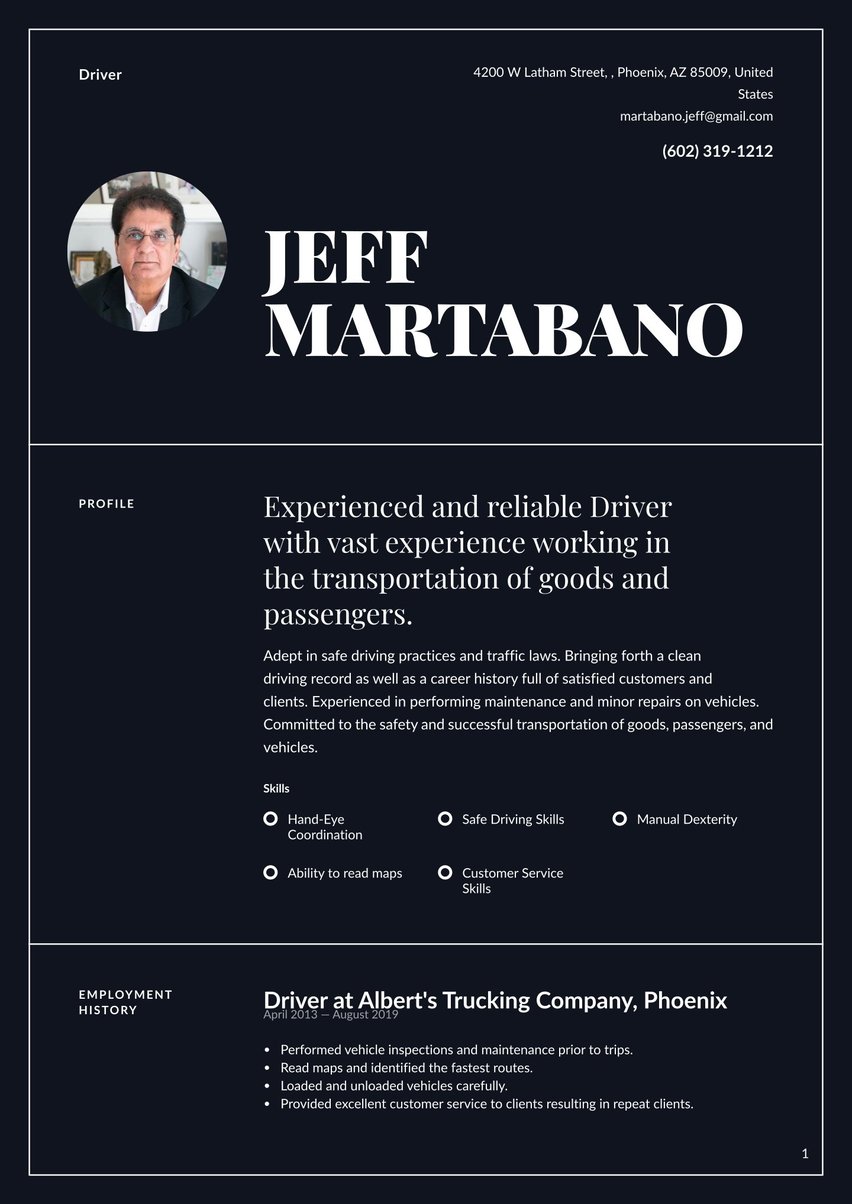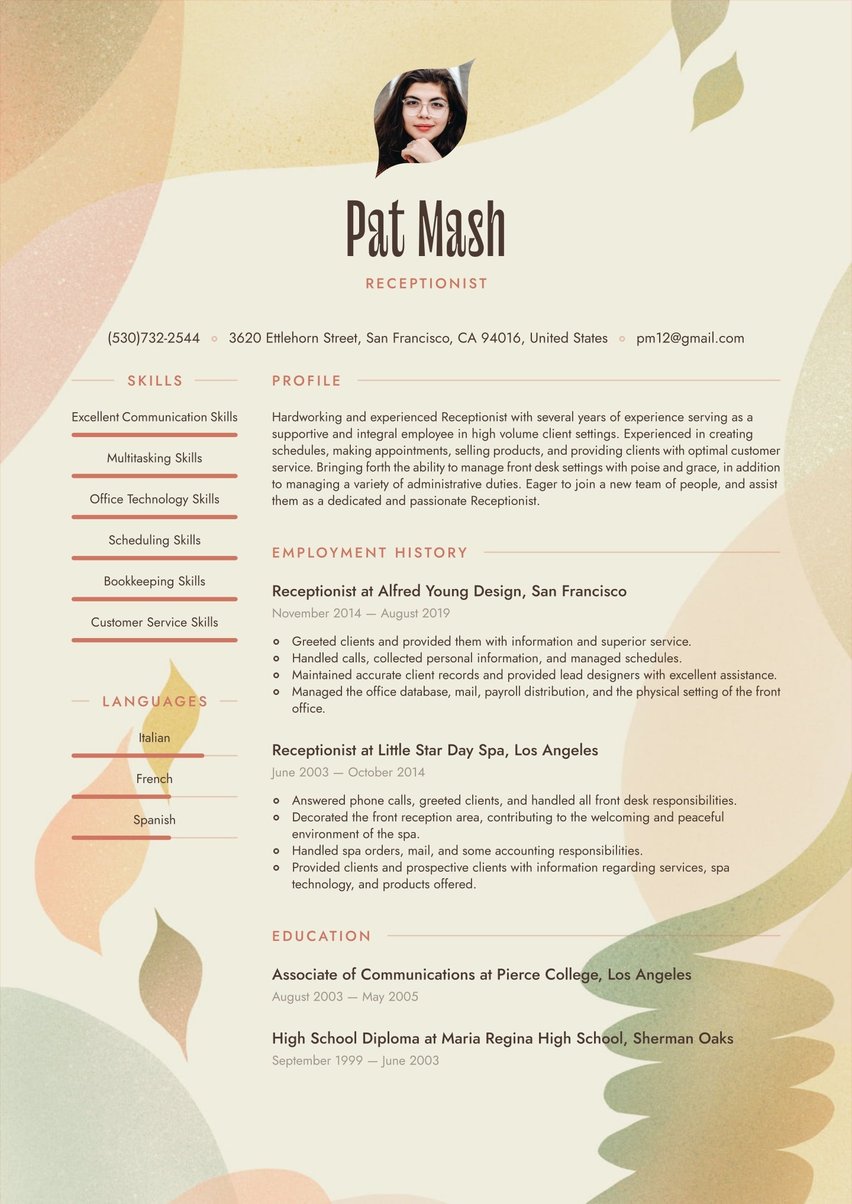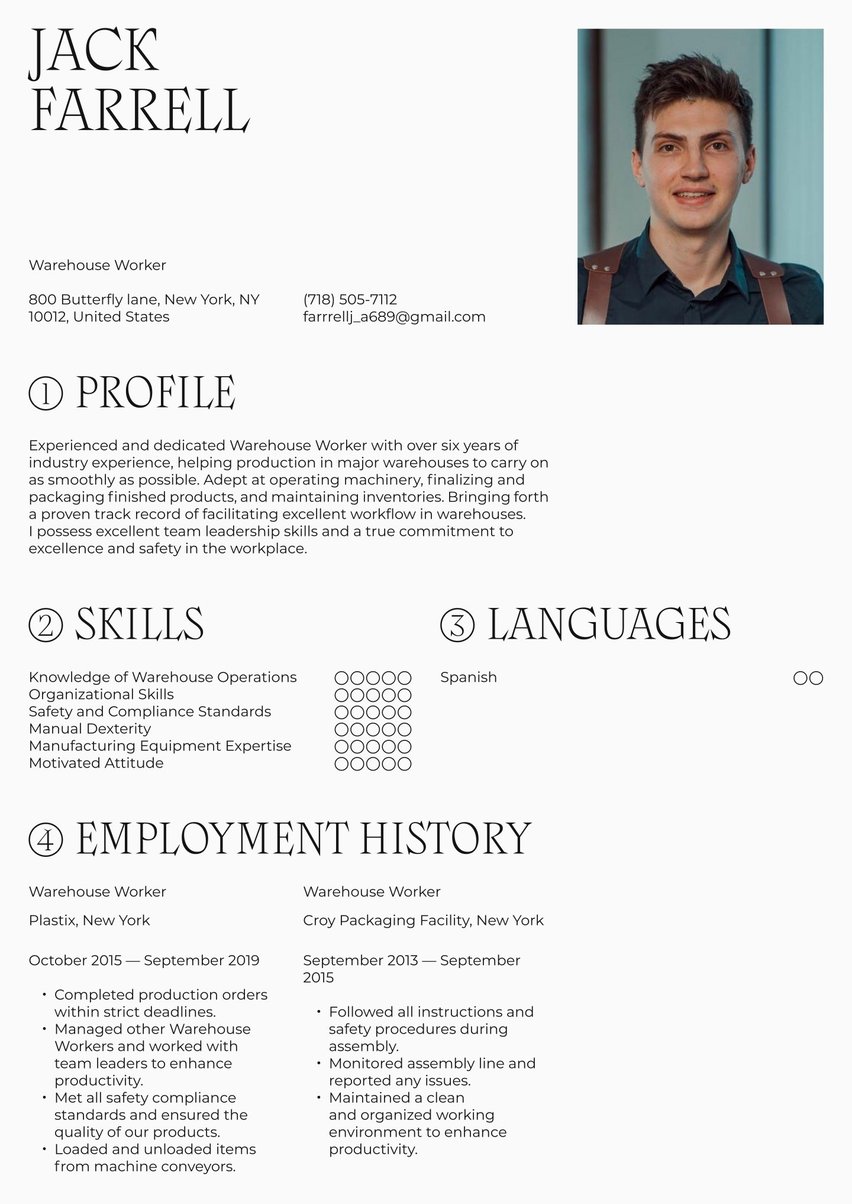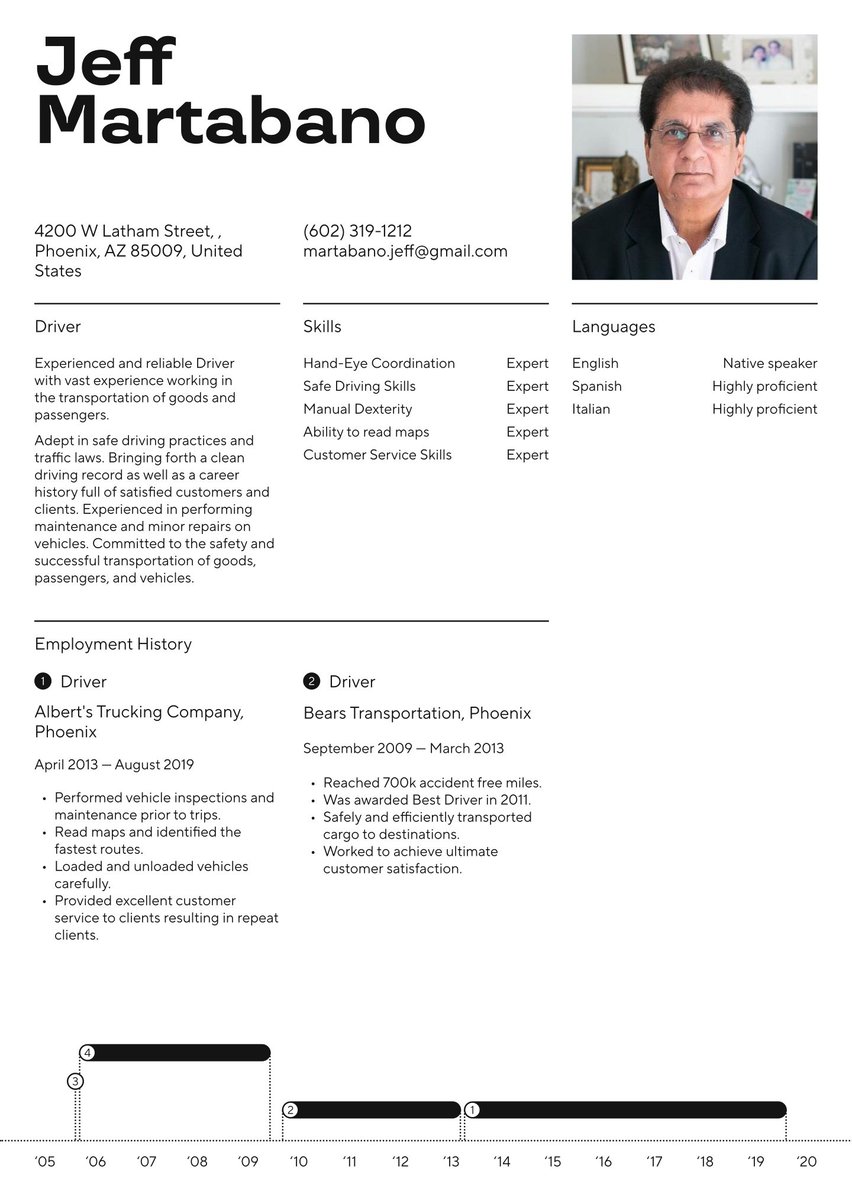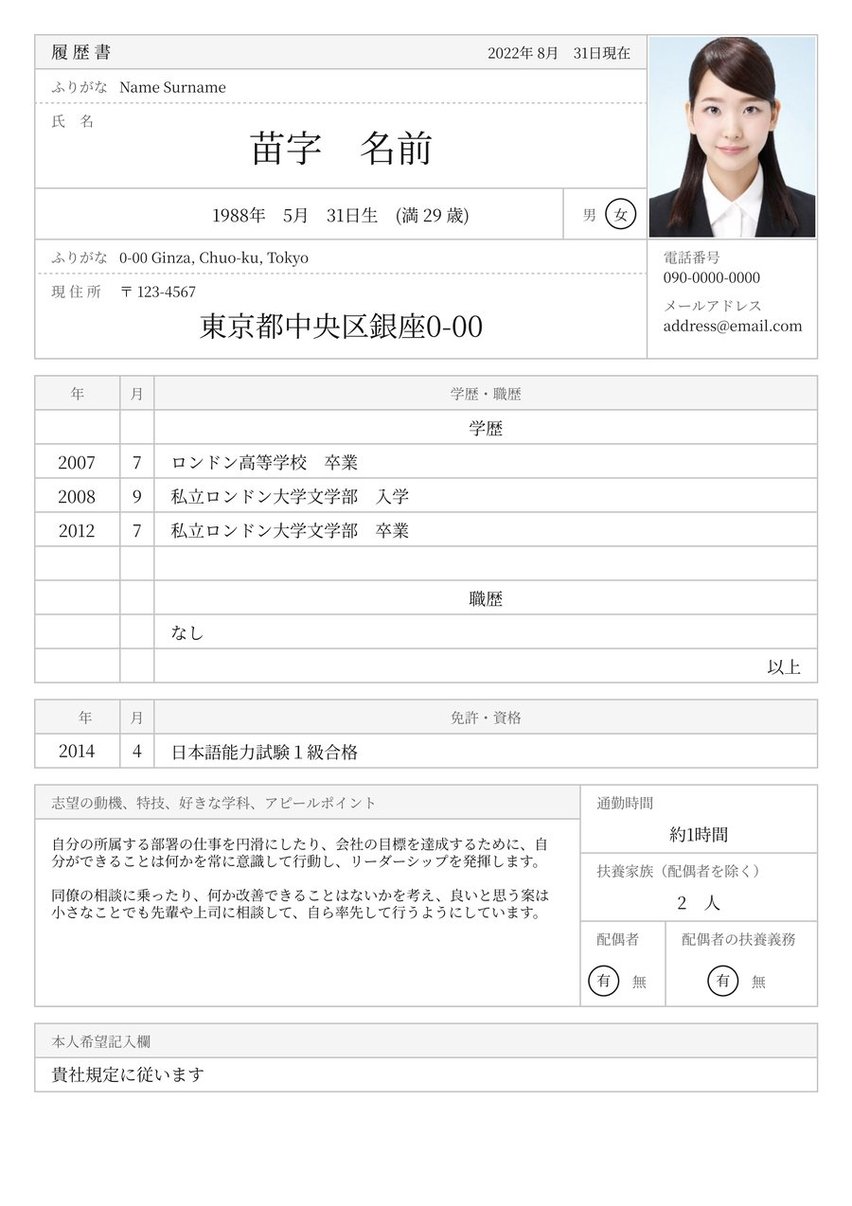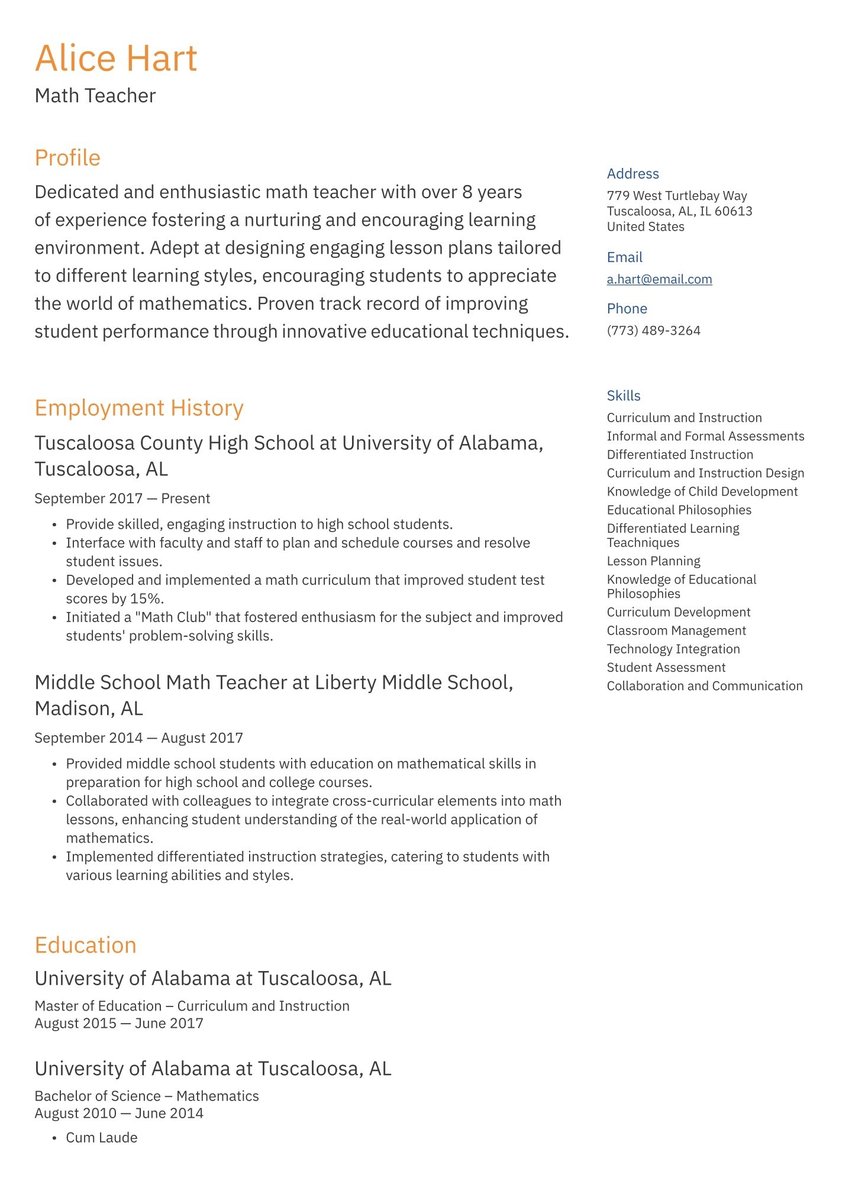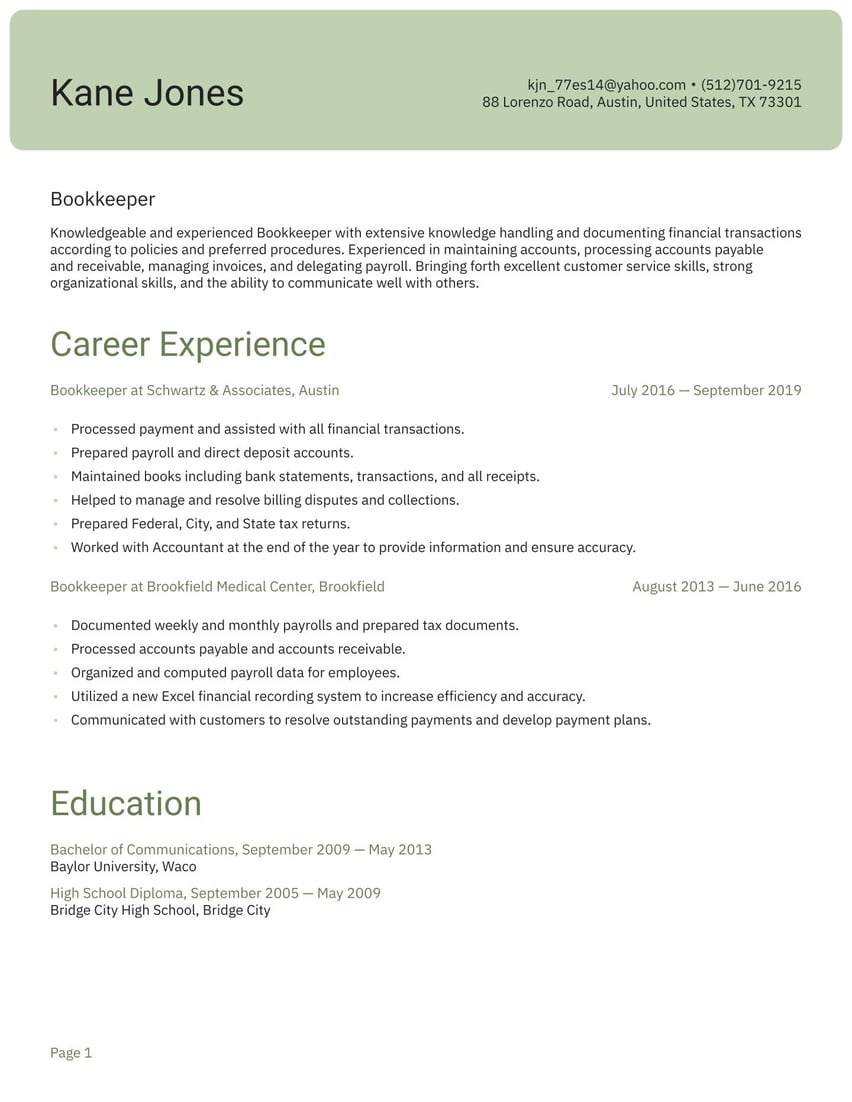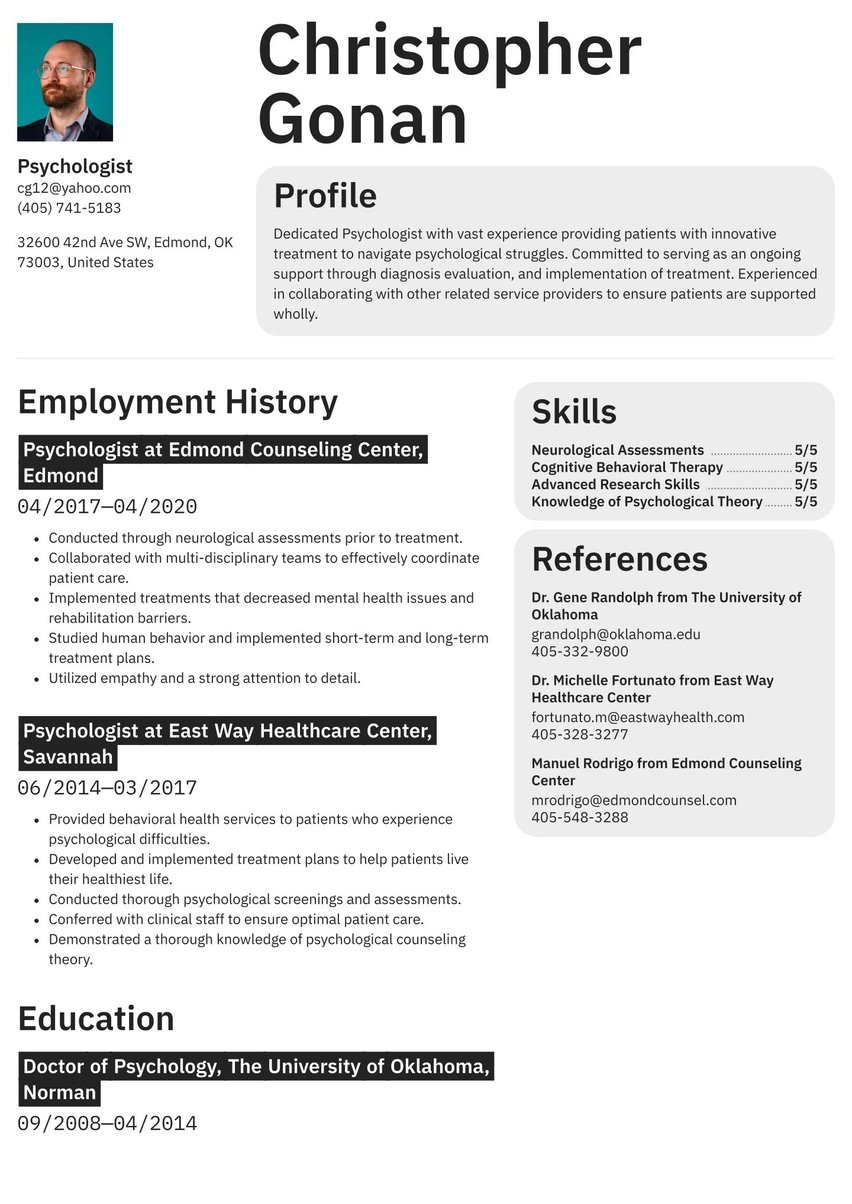07/2013 - 08/2019, Construction Worker, Landon Building Associates, Portland
- Worked within teams to achieve success on several building projects, including commercial and residential structures.
- Utilized my skills and knowledge of hand and power tools to design and build.
- Followed blueprints and models accordingly.
- Dug trenches, and compacted dirt in preparation of jobs.
- Used safe working practices at all times, and adhered to company guidelines.
- Worked to please the client and aimed to achieve 100% client satisfaction.
04/2008 - 06/2013, Construction Worker, Salvatore Family Architects, Bangor
- Cleaned and prepared construction sites prior to the start of a job.
- Assisted machine operators, using safety practices.
- Safely used explosives to demolish existing structures.
- Mixed and poured even cement floors.
- Operated a variety of large powered machinery including drills, grinders, saws, blowtorches, and jackhammers.
- Loaded and unloaded building materials and machinery for jobs.
09/2006 - 03/2008, Sales Associate, Tractor Supply, Bangor
- Worked with store mission at the forefront of my actions.
- Greeted and assisted customers.
- Provided customers with product information, and assembly at times.
- Learned about the customer's project and made suggestions based on project specifics.
09/2005 - 05/2007, Associate of Carpentry, Eastern Maine Community College, Bangor
09/2001 - 05/2005, High School Diploma, JB Memorial High School, Bangor
- Advanced Carpentry Skills
- Physical Fitness and Stamina
- Safe Working Skills
- Knowledge of Power Tools and Hand Tools
- Mathematical Skills
- Blueprint Reading Skills
Construction resume guide and example
Construction work comes in many forms, but no matter whether you are a general contractor or just starting out as an apprentice tradesperson, to build your career, you will need a powerful resume.
Construction resume examples by experience level
As the demand for housing outside cities grows, so too will the demand for skilled construction laborers, electricians, plumbers, and construction managers. How do you capitalize on that growing demand? Construct a resume that rises above the rest with our help.
Resume.io is a powerful resource for any job seeker, as we provide resume guides and resume examples for 300+ professions, backed up by an easy-to-use resume builder.
This resume guide, along with the corresponding resume example will cover the following topics:
- What do construction workers do?
- How to write a construction worker resume (tips and tricks)
- The best format for a construction worker resume
- Advice on each section of your resume (summary, work history, education, skills)
- Professional resume layout and design hints.
The market for construction laborers and helpers is expected to increase by 5% from 2019-2029, slightly above average.
Construction managers will be in higher demand, with an 8% increase.
What does a construction worker do?
| Carpenter | Cement and concrete finisher | EIFS (exterior insulation and finish system) installer |
| Electrician | Equipment operation | Flooring installer |
| Foreman | Glazier | Mason |
| Painter | Plumber | Sheet metal worker |
| Roofer | Safety manager | Welder |
Each of these positions requires its own set of skills and expertise. All construction workers must understand the process of building structures and abide by both construction standards and safety regulations.
For more specific construction resume examples, check out our welder resume sample, contractor resume sample or our general laborer resume sample. If you have risen up the ranks, our construction manager resume example may offer inspiration. We also have a construction worker resume example for your perusal.
How to write a construction resume
A construction worker resume sticks to the blueprint that works for most job seekers. Here are the sections your CV should include:
- The resume header
- The resume summary (aka profile or personal statement)
- The employment history section
- The resume skills section
- The education section
This blueprint allows for customization at every step. The structures you build need the basics before the embellishment. The basics of your construction worker resume are to maintain a good flow, keep the message clear and directed at your prospective employer, and keep your tone consistent and professional.
You also need to target your resume for each job (we’ll get into that in a bit). Every job requires some up-front work and your job hunt is no exception. Do a little digging into the company you aim to work for. Find out what they look for in a worker, what skills they find important and make a point of finding out the name of the hiring manager.
A well-built construction resume keeps to this plan:
- Imagine you are speaking to the hiring manager with every bullet point
- Keep the design pleasing to the eye to project a professional image that’s polished and maintains clean lines
- For online applications, tailor your construction resume with appropriate keywords and phrases to improve your chances of getting past the ATS screening software.
Overcoming ATS setbacks
Applicant Tracking Systems, or ATS, are software programs that scan, sort and assess resumes for human resources departments. The organizations you apply to are likely to use one of these systems to narrow the range of candidates to a manageable few.
There’s no guaranteed method of leaping this hurdle, but there are ways to improve your chances. This is where your research will help you. Review the listing for the job requirements. Organically incorporate as many of the same nouns, verbs and modifiers in your resume text as possible. Make sure you use your own language and context. You want the text of your construction resume to flow naturally and to have your voice.
Choosing the best resume format for construction
The format of your construction resume is the frame your CV sits on. Most job hunters will use the tried-and-true reverse chronological order format. This means you list your jobs from most recent on back. Recruiters are fond of this style because they know where to look for your jobs and responsibilities.
If you are new to the workforce or are a seasoned professional, you may consider a hybrid format or other resume format ideas. A functional resume format is used mostly by technical specialists who want to emphasize their expert knowledge or skills. You may consider it if you are in a highly niche construction area.
Unless you fit those circumstances, your best bet is reverse chronological order.
Resume summary example: hammer home your worth
Your resume summary, also known as a profile, is your chance to add a jolt of electricity to what is mostly bullet points and phrases. Here, you can write a few sentences that explain your love of your craft and your collaborative style. If you have a short anecdote that tells hiring managers who you are and highlights a career success, this is the place for it.
Although it is not the first section recruiters read, it does occupy the place of honor at the top of your resume, so make sure you give it a little flair.
You can find a resume example for your summary section below.
Experienced and driven Construction Worker with over eight years of experience in the construction industry. Proven track record of successfully working as part of a team for multi-million dollar building projects. Bringing forth the ability to lift heavy objects, and operate many different types of machinery used in the building process. Experienced in building codes and regulations, as well as safe working practices. A devoted worker ready to utilize my expertise and achieve more building success.
Employment history resume sample: your career ladder
This is where recruiters’ eyes are likely to land first (or maybe second after they check your name and contact information). The employment history section of your resume details your skills and achievements as you’ve grown as a professional.
Use to-the-point bullet items that describe your contributions at each of your jobs. Be as specific as possible and use strong action words.
- Describe a building project using data and details
- Try words like: managed, designed, completed, created
- Write vague phrases such as “did carpentry”
- Underplay your role in the building process
Focus on how you worked with your team and with other craftspeople on the building site. Use each bullet item to show off a different skill or attribute to create a full picture of you as a construction professional.
Below you will find an adaptable employment history resume example.
- Worked within teams to achieve success on several building projects, including commercial and residential structures.
- Utilized my skills and knowledge of hand and power tools to design and build.
- Followed blueprints and models accordingly.
- Dug trenches, and compacted dirt in preparation of jobs.
- Used safe working practices at all times, and adhered to company guidelines.
- Worked to please the client and aimed to achieve 100% client satisfaction.
Construction skills example: build your case
Hiring managers like this section because it gives them an at-a-glance key to whether you have the skills and attributes they are looking for. That is another reason to make sure you personalize your resume at every opportunity.
While construction is a broad category, all workers in this field need to understand safety protocols, collaborate with coworkers and be focused on detail. Your skills can be divided into “hard skills” or the abilities you have learned on the job. These include everything from expertise in safety standards to how to put a roof on a house. Your “soft skills” are those interpersonal and organizational skills that make you a good overall employee. Some examples are time management and excellent communication.
A good construction skills section will include a few of each of these, tailored to the requirements mentioned in the job listing.
Make a master list of all your professional skills and attributes. Include everything you think of no matter how trivial it may seem. You then have a living document you can add to as your skills grow. You can also use it as inspiration for your skills section.
Below you will find an adaptable skills resume example.
- Advanced Carpentry Skills
- Physical Fitness and Stamina
- Safe Working Skills
- Knowledge of Power Tools and Hand Tools
- Mathematical Skills
- Blueprint Reading Skills
Construction education resume example
For some in construction, a high school education got you where you wanted to go. That makes your education section straightforward. Simply list your high school diploma or GED.
If you do have any further education, list it here as well. Our structural engineer resume example gives you an idea of how that might look. If you have earned any certifications or taken classes in any specialty skill, this is the place to add those as well.
Below you will find an education resume example as a formatting guide.
- Associate of Carpentry, Eastern Maine Community College, Bangor
- September 2005 - May 2007
Resume layout and design: first impressions
We would be remiss if this guide didn’t discuss looks. The goal of your resume is to get that interview! While you may have stellar experience and perfect wording, you have to acknowledge that looks matter. Before anyone examines the construction details, they notice the structure and design of the building. The same is true of your construction resume.
Be thoughtful about the image you wish to present. Use the same principles that architects use to design buildings: clean lines, open spaces, good flow. Keep the look professional by limiting color or flourishes unless you are in a creative area of construction. Even then, your goal is legibility, so make sure your design doesn’t overpower your message.
If you’d like to simplify the formatting process, you may consider using a professionally-designed resume template.
- Choose a page design that matches the look and feel of your prospective employer.
- Stick with one or two font styles throughout your resume.
- Create an attractive header to list your name and contact information.
- Go overboard with color, graphics or design flourishes – simple is better.
- Submit your resume without first proofreading for spelling and grammar mistakes.
- Cram the page full of too much text, which will make it hard to read.
Key takeaways for a construction resume
- Construction work encompasses many different skills and attributes.
- All construction work requires attention to detail, safety knowledge and ability to collaborate.
- To give yourself a head start against the ATS, use appropriately targeted keywords and phrases within your resume.
- Our online resume builder saves you time and makes the sometimes-stressful search for a job easier.


.jpg)

.jpg)


